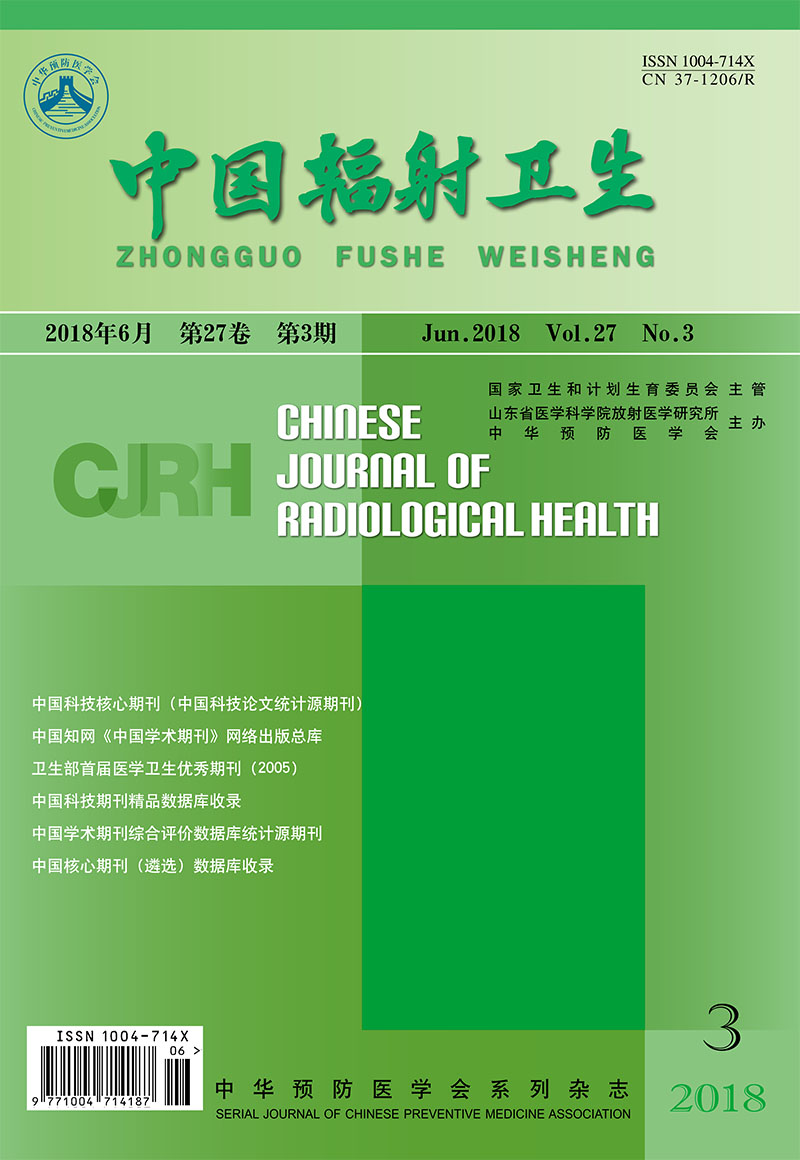SUN Xiaona, LIU Feng, WU Liya
Objective To acquaintance and analyze the current response ability for nuclear and radiation health emergency in Xinjiang, and to provide the basis for improving the ability construction in municipal level.Methods By filling out the questionnaire in the information platform, information about the basic information of nuclear and radiation, organization, professional personnel, material and equipment, health emergency ability, training and drilling are collected. All of the investigators were trained before using the information platform.Results The emergency plans were developed in 90.48%, 50% and 46.67% of the north, east and south regions, respectively. In the northern, southern and eastern Xinjiang, the units of emergency equipment were 16.57, 11.20 and 3.50 per institute, with an average of 12.79. In the rescue teams, medical staff accounted for up to 60.87%, while the decontamination staff was only 9.57%. In the south, they lacked of staff with the skills of decontamination and dose estimation. As for the comprehensive ability, the levels in the north, south and east were 15.48%, 10% and 6.25%, respectively. In the consultation team, the medical experts accounted for 50.00%, while the decontamination experts were only 5.00%, and the rate of comprehensive skills ranged from 20.00% to 40.00% among the experts. From 2014 to 2016, six times of training and drilling were performed in the south or north of Xinjiang, 1098 people were trained and 132 people participated in the drilling.Conclusion The response ability for nuclear and radiation health emergency is still inadequate in most regions of Xinjiang, and it exists a regional difference. In the future, the health emergency response system and institution should be established for dealing with nuclear and radiological accidents in the 3 regions, and the corresponding facilities and equipment should be equipped. Among the health emergency response team, training and drilling should be enhanced for those under 45.

